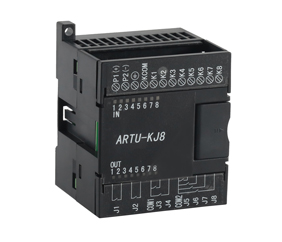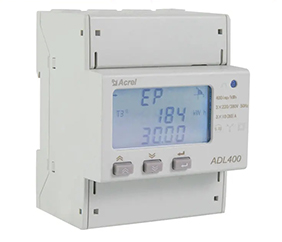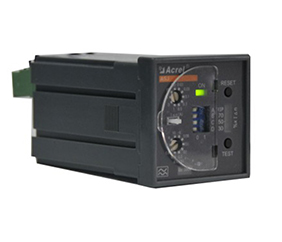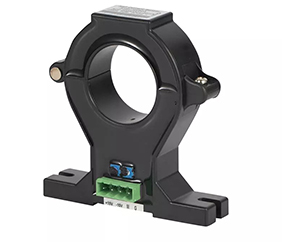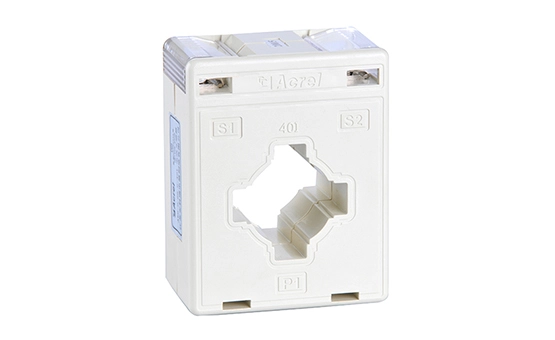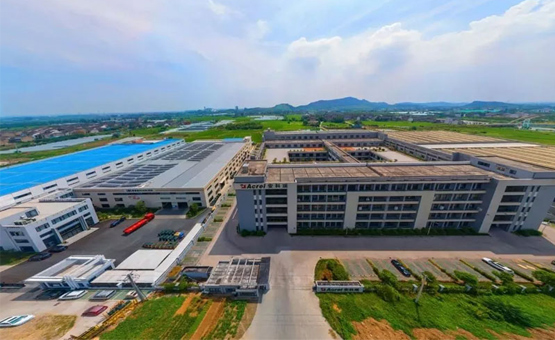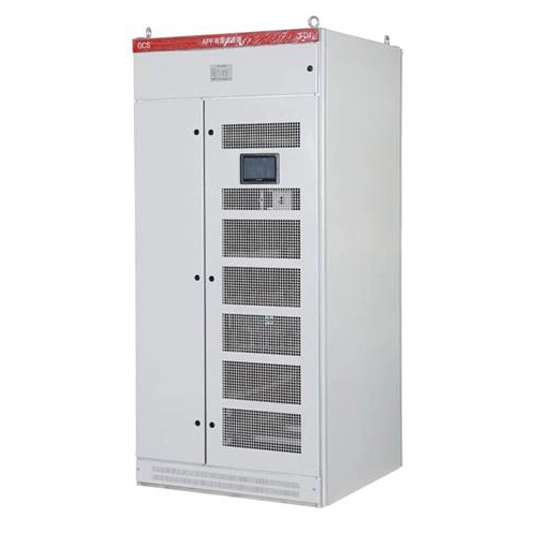
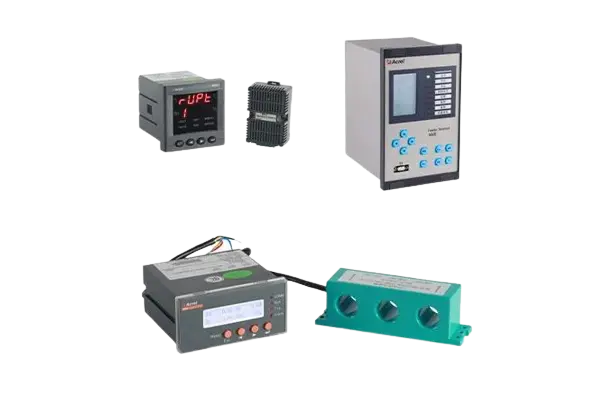
Surge protectors, also known as surge suppressors or lightning arresters, are protective devices used to absorb and discharge transient high-energy electrical pulses (induced lightning). Their principle of operation involves rapidly conducting when there is a sudden occurrence of excessive voltage or current in a circuit, dissipating the surge into the ground. This serves to protect the subsequent electrical equipment from lightning. For example, the surge protector shown in the image is marked with a rated discharge current of 50KA and a voltage protection level of 2.5KV. It is typically connected in parallel at the input terminal of a distribution box, with multiple live wires and neutral wires connected at the top and a common grounding terminal at the bottom.
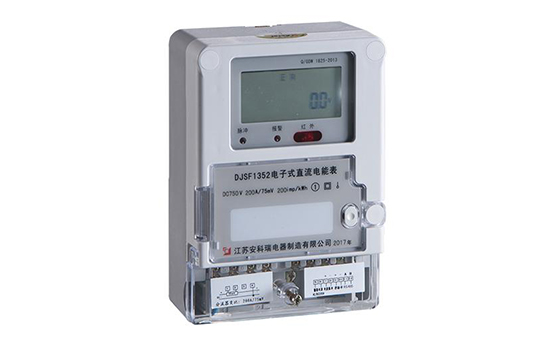
Overvoltage protectors only monitor the fluctuation of the working voltage in the power grid and do not respond to instantaneous strong surge pulses. Both industrial equipment and household appliances have a rated voltage (which can be seen on the nameplate or manual of the appliance), and it is crucial to avoid excessively high or low voltage from the power grid while in use. Exceeding the withstand voltage value can easily damage the insulation strength of the appliance, causing it to overheat, break down, or even catch fire.
For instance, the over/under voltage protection device shown in the image is set within a voltage range of 160V to 255V. Once the voltage deviates from the normal range, the device will trigger and protect the appliance. Similar to circuit breakers, it is connected in series within the circuit and can automatically disconnect the circuit to protect the corresponding appliance. When the voltage returns to normal, it automatically restores the circuit, allowing the appliance to receive power and continue operating. The combination-type is assembled with a circuit breaker similar to a residual current device (RCD) to accomplish power interruption. It requires manual resetting and closing.
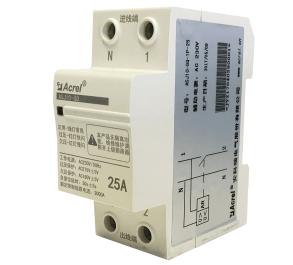
Surge protectors primarily safeguard against the hazards caused by high voltage and high current surges induced by lightning, making them suitable for instantaneous protection.
Over/under voltage protectors mainly protect against the hazards caused by excessively high or low voltage in the power grid. The voltage magnitude in this case is not at the same level as surge protection; it needs to be much lower. Therefore, surge protectors mainly provide protection against abnormal voltage in the power grid.
Based on their functions, it is recommended to install surge protectors in areas prone to frequent lightning strikes, as lightning is an uncontrollable natural disaster that can result in significant economic losses.
If the neutral wire is easily stolen or disconnected, transformer equipment is aging, technical faults lead to poor power grid quality, natural disasters occur, or there are frequent power outages and subsequent power restoration causing unstable voltage or excessively high/low voltage, resulting in extensive damage and destruction of electrical appliances in a large area, it is advisable to install over/under voltage protectors (electrical protectors). They can prevent electrical fires and safeguard life and property.
 English
English 日本語
日本語 한국어
한국어 français
français Deutsch
Deutsch Español
Español italiano
italiano русский
русский português
português العربية
العربية tiếng việt
tiếng việt Türkçe
Türkçe